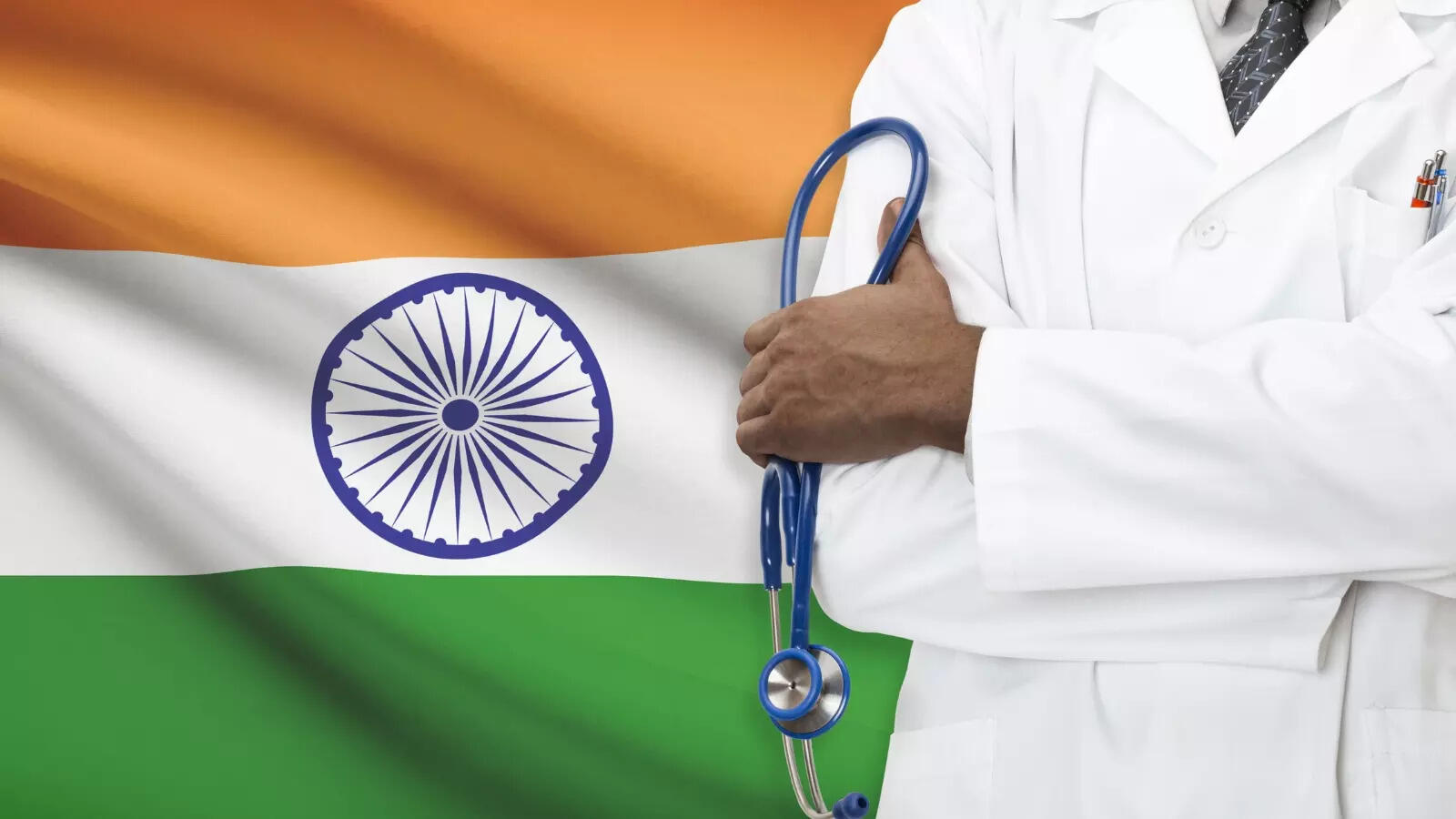India Ranks Among Nations With Pronounced Income And Wealth Disparities, Says UNDP Report
In a recently released report by the United Nations Development Programme (UNDP), India finds itself in the global limelight for two contrasting aspects of its socioeconomic landscape - soaring income and wealth inequality and a notable reduction in multidimensional poverty.
Titled 'Making our Future: New Directions for Human Development in Asia and the Pacific,' the 2024 Asia-Pacific Human Development Report unveiled a paradoxical narrative. On one hand, the report highlights India's remarkable growth, where per capita income witnessed a significant increase, surging from USD 442 to USD 2,389 between 2000 and 2022. On the other hand, the report sheds light on the country's alarming wealth and income disparities, especially in the post-2000 period, suggesting a growing skew in income distribution.
Despite these successes, India still grapples with poverty, which remains stubbornly concentrated in specific states housing 45 percent of the population but harboring 62 percent of the poor. Furthermore, a substantial portion of the population hovers precariously close to the poverty line, with women, informal workers, and inter-state migrants being particularly vulnerable, as noted in the UNDP report.
One stark revelation is that women constitute only 23 percent of India's labor force, a concerning statistic amidst the nation's rapid growth. The report underscores that despite growth, wealth inequality has been on the rise. The ramifications of these disparities are far-reaching and extend beyond economic concerns.
India's contribution to the global middle class is substantial, with an expected 24 percent share in the growth of this demographic, comprising those living on USD 12 to USD 120 a day. This adds a layer of complexity to the narrative, showing that India's economic landscape is multifaceted.
The report paints a broader picture of the Asia-Pacific region, stating that while the region is projected to account for two-thirds of global economic growth, income and wealth disparities are worsening, especially in South Asia. In this region, the wealthiest 10 percent of the population control over half of the total income, indicating a concerning wealth gap.
Despite the progress, more than 185 million people in India continue to live in extreme poverty, earning less than USD 2.15 a day. The economic shocks caused by the COVID-19 pandemic have only exacerbated this issue, with the report warning that this number is expected to rise further.
The UNDP's report, however, doesn't merely highlight the challenges but also suggests a way forward. It calls for three new directions in human development, emphasizing the need to put people at the core of development, recalibrate growth strategies to generate more jobs while respecting the environment, and to focus relentlessly on the politics of reform and the science of delivery to turn ideas into practice.
While India's journey toward progress is undeniable, the disparities it faces in income and wealth distribution remain a cause for concern. The report underscores the need for a shift in focus towards people-first policies, sustainable growth, and comprehensive reform to ensure a more secure, peaceful, and prosperous future for all.

Titled 'Making our Future: New Directions for Human Development in Asia and the Pacific,' the 2024 Asia-Pacific Human Development Report unveiled a paradoxical narrative. On one hand, the report highlights India's remarkable growth, where per capita income witnessed a significant increase, surging from USD 442 to USD 2,389 between 2000 and 2022. On the other hand, the report sheds light on the country's alarming wealth and income disparities, especially in the post-2000 period, suggesting a growing skew in income distribution.
Despite these successes, India still grapples with poverty, which remains stubbornly concentrated in specific states housing 45 percent of the population but harboring 62 percent of the poor. Furthermore, a substantial portion of the population hovers precariously close to the poverty line, with women, informal workers, and inter-state migrants being particularly vulnerable, as noted in the UNDP report.
One stark revelation is that women constitute only 23 percent of India's labor force, a concerning statistic amidst the nation's rapid growth. The report underscores that despite growth, wealth inequality has been on the rise. The ramifications of these disparities are far-reaching and extend beyond economic concerns.
India's contribution to the global middle class is substantial, with an expected 24 percent share in the growth of this demographic, comprising those living on USD 12 to USD 120 a day. This adds a layer of complexity to the narrative, showing that India's economic landscape is multifaceted.
The report paints a broader picture of the Asia-Pacific region, stating that while the region is projected to account for two-thirds of global economic growth, income and wealth disparities are worsening, especially in South Asia. In this region, the wealthiest 10 percent of the population control over half of the total income, indicating a concerning wealth gap.
Despite the progress, more than 185 million people in India continue to live in extreme poverty, earning less than USD 2.15 a day. The economic shocks caused by the COVID-19 pandemic have only exacerbated this issue, with the report warning that this number is expected to rise further.
The UNDP's report, however, doesn't merely highlight the challenges but also suggests a way forward. It calls for three new directions in human development, emphasizing the need to put people at the core of development, recalibrate growth strategies to generate more jobs while respecting the environment, and to focus relentlessly on the politics of reform and the science of delivery to turn ideas into practice.
While India's journey toward progress is undeniable, the disparities it faces in income and wealth distribution remain a cause for concern. The report underscores the need for a shift in focus towards people-first policies, sustainable growth, and comprehensive reform to ensure a more secure, peaceful, and prosperous future for all.
Next Story